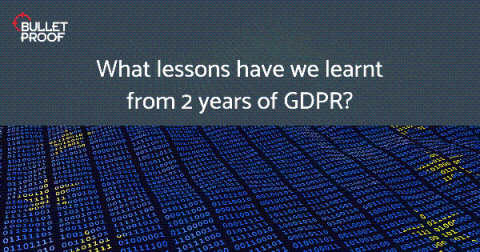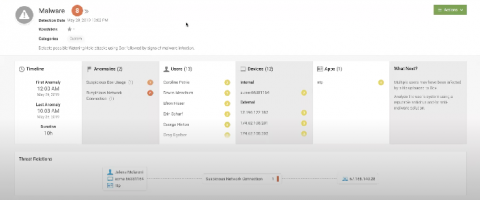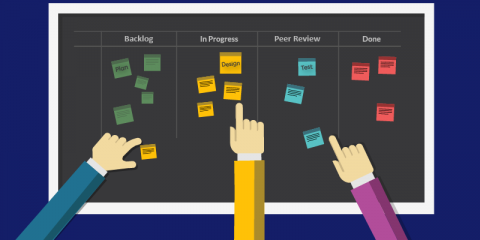Security | Threat Detection | Cyberattacks | DevSecOps | Compliance
%term
Into the Dark: Scratching the Surface of the Dark Web and Its Potential Risks to Users
Numerous data leaks appeared on the dark web in the second quarter of 2020. At the end of May, for instance, Cyble found a government database containing the personal information of more than 20 million Taiwanese citizens for sale on an underground web marketplace. That was less than two weeks before The Economic Times reported on a dark web data leak involving BEML, an Indian public sector undertaking.
Preventing "copy-paste compromises" (ACSC 2020-008) with Elastic Security
The Australian Cyber Security Centre (ACSC) recently published an advisory outlining tactics, techniques and procedures (TTPs) used against multiple Australian businesses in a recent campaign by a state-based actor. The campaign — dubbed ‘copy-paste compromises’ because of its heavy use of open source proof of concept exploits — was first reported on the 18th of June 2020, receiving national attention in Australia.
What to Expect from Brazil's New Data Protection Law
The European GDPR (General Data Protection Regulation) is one of the most influential consumer privacy laws that has affected 500,000 companies throughout the world. This law has played a crucial role in formulating another substantial privacy law known as the California Consumer Privacy Act that came into effect on January 1, 2020.
GDPR 2 years on - key takeaways and lessons learnt
GDPR recently breezed past its second birthday and, like many two-year-olds, continues to cause concern and confusion for those who have to deal with it. Unlike real two-year-olds, however, GDPR is quite clear in what it demands and there could be big consequences if they are not met. For businesses, failure to meet GDPR’s requirements represents an increased risk of data breaches and the reputational damage and legal repercussions that breaches inevitably lead to.
The Path of an Outlaw, a Shellbot Campaign
Detecting Malware and Watering Hole Attacks with Splunk UBA
You may be surprised to learn that a particular malware is responsible for data theft in over 20% of financial institutions and other verticals in 2019. Watering hole attacks involve a web server that hosts files or applications where the website or files on the site become weaponized with malware. While recent news cycles have shined a spotlight on ransomware and crimeware, malware is not a new concept.
HIPAA in the time of Covid-19
The global cases of Novel Coronavirus are continually ticking upward in most parts of the world, and with every new case come further questions about the patients. Hospitals, governments and even general population is interested to know who the affected people are, what their health history is, which locations they visited, and who they interacted with prior to receiving positive test results.
SD-WAN security explained
Software-defined wide area networking (SD-WAN) is a distributed networking approach that provides organizations a sustainable alternative to high latency hub-and-spoke network topologies.
Software Development Life Cycle: Finding a Model That Works
Waterfall. Agile. Scrum. Kanban. Lean. These words are often thrown around when talking about the software development life cycle (SDLC), but what do they mean and how do they relate to each other? In this blog, we’ll take a look at the evolution of the software development life cycle and consider several current trends.









